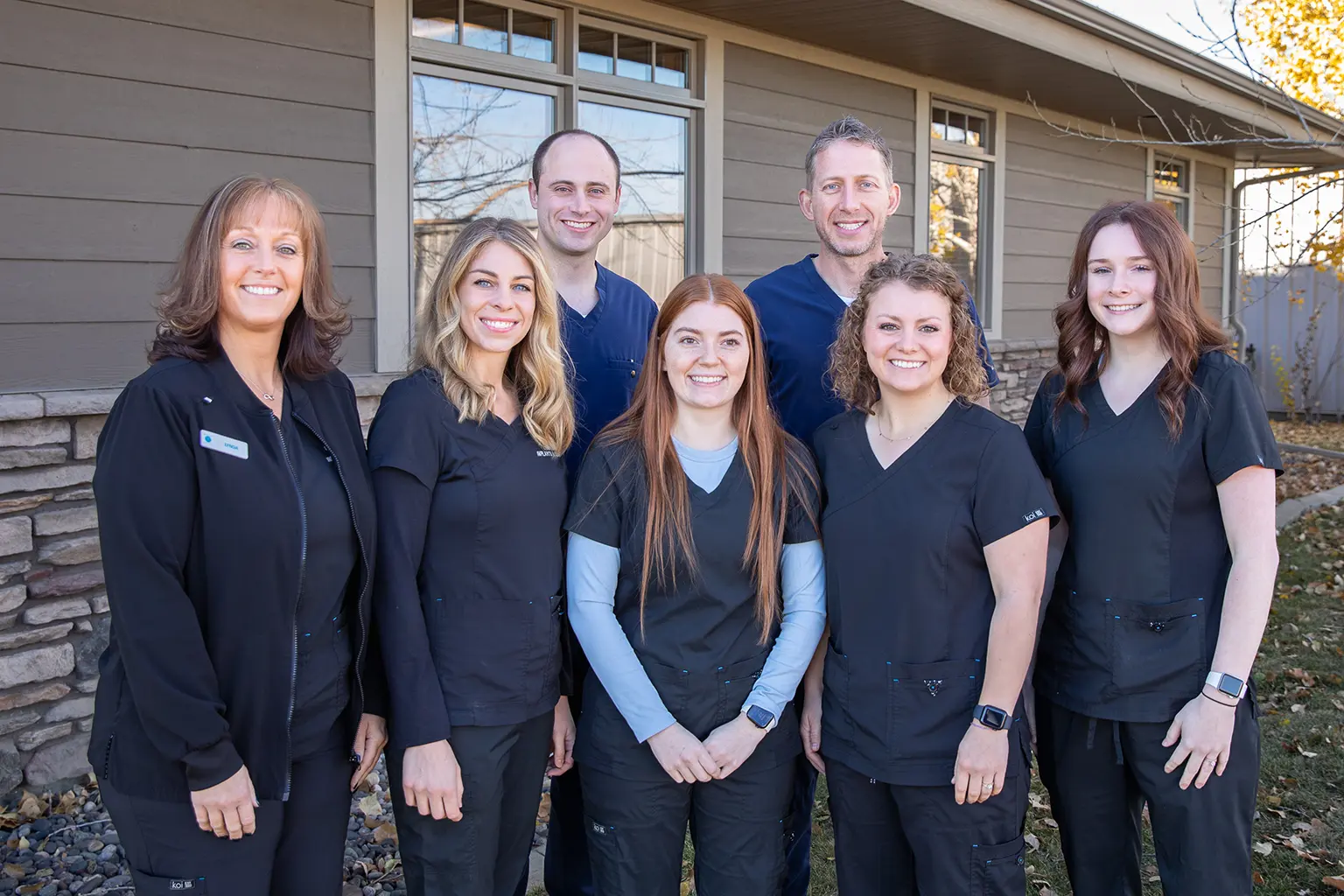Table of Contents
“You’re never fully dressed without a smile.” For the thousands who choose All-on-4 dental implants each year, regaining that confidence is life-changing. But let’s get real for a moment—those stunning, permanent smiles come with a responsibility: proper care and cleaning. After all, your implants are an investment in your health, appearance, and quality of life. Keeping them clean isn’t just about looks; it’s about longevity and comfort.
Studies show that more than 36 million Americans are edentulous (toothless), and solutions like All-on-4 implants provide a stable, functional alternative to dentures. However, the journey to achieving this smile often involves oral surgery, a crucial step in securing the implants. Cleaning them afterward requires techniques tailored to their unique design. This guide will walk you through everything you need to know, step-by-step, about maintaining your All-on-4 implants to protect your investment.
What Are All-on-4 Dental Implants?
This type of implant is a revolutionary approach to full-mouth restoration. Instead of replacing each tooth with an individual implant, this technique uses four strategically placed titanium posts in each jaw to support a full arch of teeth. These implants fuse with the jawbone, creating a stable foundation for the prosthetic teeth that replace natural teeth.
Purpose of Implants
The primary goal is to restore oral function, aesthetics, and comfort for individuals who have lost most or all of their teeth. They eliminate the need for removable dentures, which can shift, cause discomfort, or affect speech.
The Role of Oral Surgery Implants
The process of placing All-on-4 implants involves oral surgery, where the titanium posts are surgically inserted into the jawbone. This procedure is carefully planned using advanced imaging to ensure precision and stability. The oral surgery component is vital, as it establishes the strong foundation needed to support the prosthetic teeth.
Benefits of All-on-4 Implants
- Permanent Solution: These implants are fixed in place, offering a permanent alternative to dentures.
- Natural Appearance: The prosthetic teeth are designed to look and feel like natural teeth.
- Improved Function: You can chew, speak, and smile with confidence.
- Bone Preservation: Implants help prevent bone loss, which can occur with missing teeth or traditional dentures.
- Quick Transformation: The procedure is often completed in a single day, offering immediate results.
Why Cleaning All-on-4 Implants Is Crucial
While these implants are durable and designed for longevity, they’re not maintenance-free. Proper maintenance is essential to:
- Prevent Infection: Plaque and bacteria can accumulate around the gum line, leading to peri-implantitis (inflammation around implants).
- Maintain Gum Health: Healthy gums are the foundation of your implants.
- Protect the Prosthetic Teeth: While the prosthetic teeth aren’t susceptible to cavities, neglecting hygiene can cause discoloration or damage.
- Extend Longevity: Regular maintenance ensures your implants last as long as possible—often a lifetime with proper care.

How to Clean All-on-4 Implants
Daily Routine
Consistency is key. A daily routine should include brushing, flossing, and rinsing to keep your implants free of debris and bacteria.
Step 1: Brush Twice a Day
Use a soft-bristled toothbrush or an electric toothbrush specifically designed for implants.
- Apply a non-abrasive, fluoride-free toothpaste to avoid scratching the prosthetic teeth.
- Angle the brush at 45 degrees to clean where the gum meets the prosthetic teeth.
- Gently brush all surfaces of the prosthetic teeth for at least two minutes.
- Pay special attention to the underside of the prosthetic arch, as food particles can get trapped here.
Step 2: Flossing for Implants
Traditional floss isn’t suitable for All-on-4 implants. Instead, use a specialized floss for implants or an interdental brush.
- Insert the floss or brush under the prosthetic bridge.
- Gently slide it back and forth to remove food and plaque.
- Focus on the areas around the abutments (the parts where the implants connect to the prosthetic teeth).
Step 3: Rinse With an Antimicrobial Mouthwash
Finish your routine with an alcohol-free, antimicrobial mouthwash. This helps reduce bacteria in hard-to-reach areas and keeps your breath fresh.
Deep Clean Tips
Beyond your daily routine, a deep clean is essential to maintaining your implants.
Water Flosser for Hard-to-Reach Areas
A water flosser is a game-changer. It uses a pressurized stream of water to clean under the prosthetic teeth and around the gum line.
- Fill the water flosser with warm water or an antimicrobial rinse.
- Direct the stream under the prosthetic bridge and along the gum line.
- Use it daily or as recommended by Dr. Muir or Dr. Townsend.
Interdental Brushes
For stubborn debris, interdental brushes can be highly effective. Choose a size that fits comfortably under your prosthetic bridge and use it to remove trapped particles.
What to Avoid When Cleaning All-on-4 Implants
To protect your implants and prosthetic teeth, avoid the following:
- Abrasive Toothpaste: Harsh toothpaste can scratch the surface of your prosthetic teeth.
- Hard-Bristled Brushes: These can damage the prosthetic teeth or irritate your gums.
- Skipping Cleanings: Even a single missed session can allow plaque and bacteria to accumulate.
Professional Maintenance
Routine Dental Visits
Our dental team plays a crucial role in maintaining your All-on-4 implants. Schedule professional checkups every six months—or more often if recommended.
- Professional Checkups: Our dental team use specialized tools to remove plaque and tartar from areas you can’t reach.
- Check for Issues: Dr. Muir or Dr. Townsend will monitor the health of your gums and the stability of your implants.
Annual Deep Cleanings
Some dentists recommend an annual deep cleaning for All-on-4 patients. This involves removing the prosthetic bridge to thoroughly clean the abutments and the underside of the bridge.
The Connection Between Oral Surgery and Aftercare
Oral surgery is the foundation for successful All-on-4 implants, but aftercare is what ensures long-term success. Proper habits, regular dental visits, and maintaining overall oral hygiene are non-negotiable parts of the process. Neglecting these steps can compromise the results of the oral surgery, leading to complications or implant failure.
Signs You’re Not Cleaning Properly
Watch for these warning signs, which could indicate a hygiene issue:
- Persistent Bad Breath: This may signal plaque buildup or infection.
- Red, Swollen Gums: Inflammation around your implants is a red flag.
- Discomfort or Pain: Any unusual sensation should prompt a visit to Dr. Muir or Dr. Townsend.
FAQs About Maintaining All-on-4 Implants
Q: Can I Use Regular Toothpaste?
No, it’s best to use a non-abrasive, fluoride-free toothpaste to protect the surface of your prosthetic teeth.
Q: How Often Should I Use a Water Flosser?
Daily use is ideal, especially under the prosthetic bridge.
Q: Is Professional Cleaning Painful?
Not typically. Our dental team uses gentle tools and techniques, and local anesthesia can be applied if needed.
Conclusion
Cleaning your All-on-4 implants isn’t just a task—it’s a commitment to your smile, health, and confidence. From the oral surgery that anchors your implants to the daily care routine that keeps them in top shape, each step is crucial. With the right tools, techniques, and professional support, you can protect your investment and enjoy the benefits of implants for a lifetime. Remember, a radiant smile starts with a clean foundation. Take charge of your oral health today, and let your All-on-4 implants shine as the crowning jewel of your confident grin!





